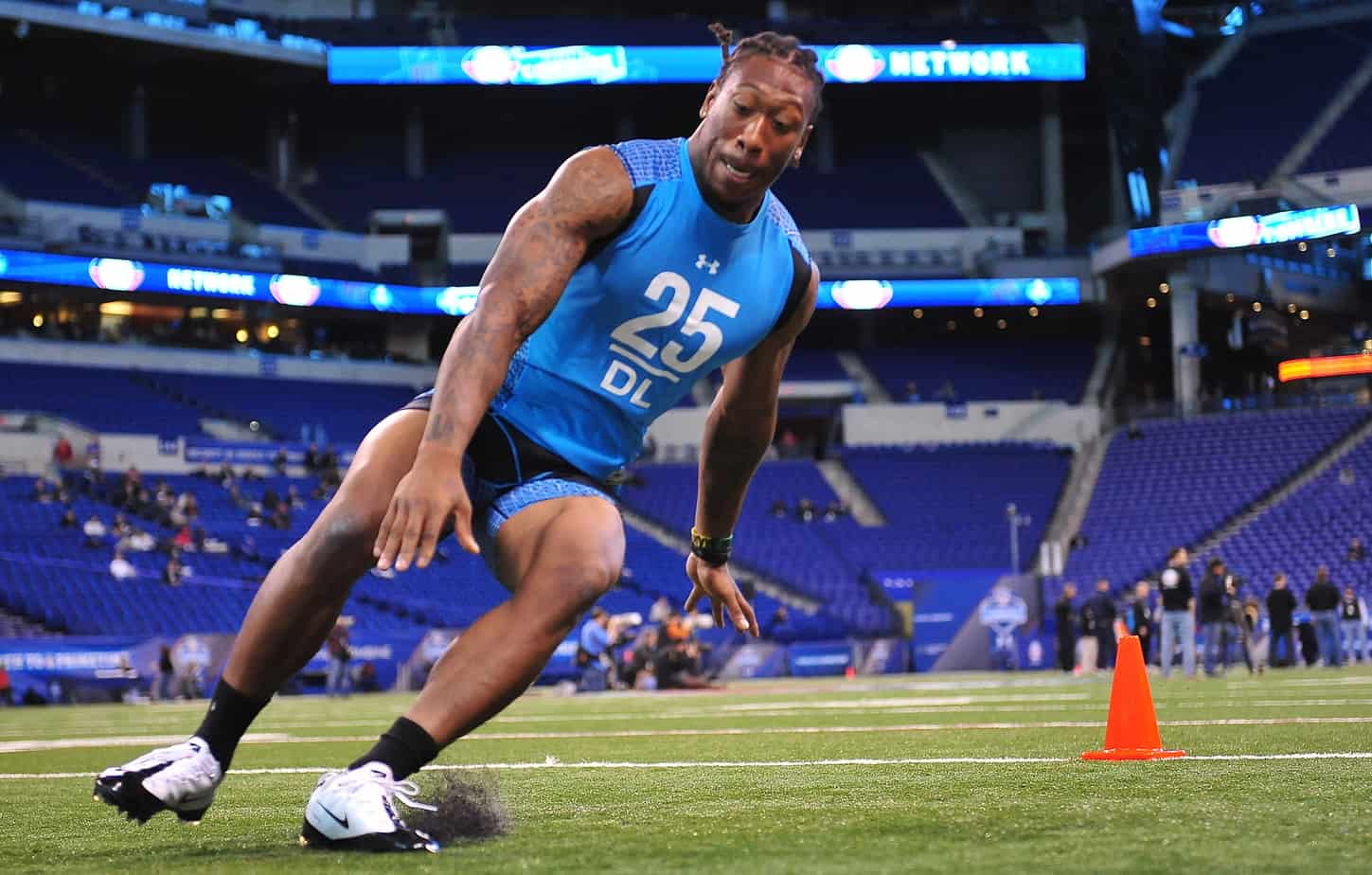Contents
- Background & Objective
- What They Did
- What They Found
- Practical Takeaways
- Reviewer’s Comments
- About the Reviewer
- Comments

Background & Objective
Post-activation potentiation (PAP) is a phenomenon in which muscular performance is enhanced after prior contraction. It has been shown to increase the subsequent rate of force development (RFD) in the muscle. While many studies have assessed the effect of PAP on linear speed, there is a need to synthesise all of this data in order to come up with practical recommendations for the strength and conditioning coach. There is also limited knowledge of the effect of PAP on change of direction (COD) speed. Therefore, this study reviewed the current literature on the PAP response for both linear and COD speed.
What They Did
The authors completed a narrative literature review on the effect of PAP on linear and COD speed, with a focus on the practical applications of these results. They also conducted a brief meta-analysis of the available literature regarding PAP and linear speed. Where appropriate, percentage changes and magnitude-based inferences (as shown by effect sizes) were documented. Effect sizes were calculated for those data whose mean standard deviation (SD) values were presented numerically within the manuscript.
What They Found
PAP and linear speed
This review suggests that linear speed can be potentiated by a strength-based conditioning activity (CA) such as a back squat (using loads of 60-90 % one repetition maximum (1RM)), or a plyometric-based CA such as alternate leg bounding. It is important to note that studies have shown a large degree of individual variation in how much linear speed can be potentiated. There is also a large variance in the methodology used in these studies (different exercises, reps/intensities, time periods between CA and performance).
PAP and COD speed
There is far less research on the effect of PAP on COD speed (only 2 studies to date), however, preliminary investigations seem promising. Ultimately, more research is needed before definitive conclusions and practical applications can be more accurately provided
Practical Takeaways
One of the biggest takeaways for strength and conditioning coaches from this literature review is that there is a huge variance in responses between individuals using PAP. Therefore, prescribing blanket PAP methods for all athletes will not optimise results across the board. It is crucial for the strength coach to measure individual responses to different protocols and see how the athlete responds. The strength coach should experiment with different rest times between the CA and speed/ COD task, different exercises (e.g. bilateral, unilateral, knee-dominant, hip-dominant, etc), and different intensities (60-95 % 1RM). It is only after experimenting with this that the strength coach will know what works best for each individual.
Furthermore, while it appears that the optimal rest period (on average) between the CA and subsequent performance is around 6-7 minutes, in a practical setting, time constraints will likely not allow for you to wait this long between activities. One way to at least ensure a couple of minutes between the CA and subsequent task is to place a low-level “filler” exercise between the two. For example heavy back squat > hip mobility drill for 2 min > depth jump. While this likely won’t maximise the PAP effect, it will at least allow for better results than moving straight from one to the other, when acute fatigue may impair performance.
Finally, PAP work doesn’t have to be confined to the gym. On the field, doing alternate leg bounds as part of your warm-up before maximal sprinting may help enhance subsequent sprint performance. For example, the strength and conditioning coach might get the athletes warm, then do some bounds followed by dynamic stretches (to allow for time between CA and sprinting), and then proceed to maximal sprints.
Reviewer’s Comments
“While PAP is certainly a fascinating topic, it is important to remember that things like PAP are the 1-2 %, or the so-called “icing on the cake” in a programme. Do NOT base your strength programming around maximising PAP. Base your programming around getting athletes stronger, more robust/resilient, and more powerful. Furthermore, research has shown that stronger/more advanced athletes are the ones who see the best results from PAP anyway. Because of this, I personally would not recommend worrying about PAP unless you are working with more advanced athletes who can at least squat 1.5 x bodyweight. Before that point, there are more important things to focus on.
On a different note, it is interesting to see the lack of studies on the effect of PAP on COD speed. It would be great to see research on whether a heavy lateral sled drag or lateral bound could be used to potentiate COD performance in the near future!”
Want to learn more?
Read this article
Listen to this podcast
Look at this infographic
The full study can be read here.


